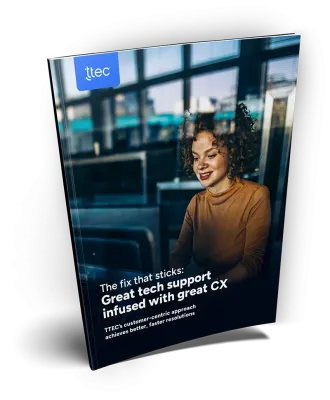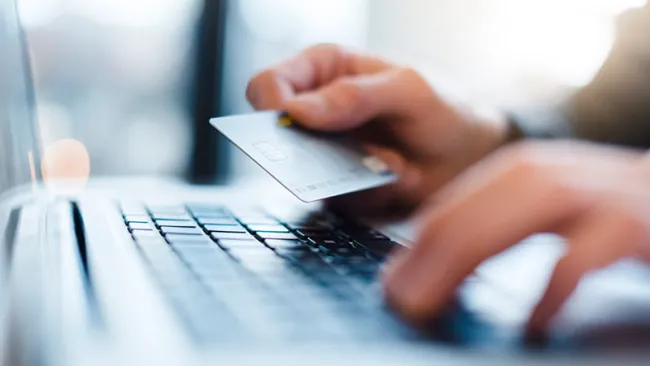We live in an increasingly digital world. This brings numerous upsides to businesses — greater productivity, better customer experiences, and more useful data — but also its share of pitfalls. As companies keep moving to a more digitally enabled way of doing business, thieves, con artists, and hackers are finding new ways to steal money and information.
Against this backdrop, it’s never been more important to have a trustworthy and safe brand. Beyond merely being the “right” thing to do, brand protection has become a differentiator – especially among companies that operate primarily online. With technology advancing and information moving more quickly every day, brand protection needs to be a priority. Here are two key ways to protect your brand by protecting your customers.
1. Fraud Prevention
Customers want to do business with brands they trust are secure, and they’re growing increasingly protective of their data. Once it’s lost, customer trust is incredibly difficult to regain.
A 2019 global survey by RSA found consumers worldwide are worried about identity theft resulting in financial loss. When asked who is to blame when a company gets hacked, most respondents held the company responsible.
More than one-third, or 36% of those surveyed said their personal information has been compromised online, and 75% of respondents said they are now limiting the amount of personal information they share. Yet the survey found most respondents feel their responsibility for protecting their own data is minimal – they’re counting on brands to offer that protection.
Fraud is becoming a bigger problem as digital customer experiences become increasingly commonplace. In 2020, as the pandemic spurred exponential growth in the number of digital experiences and interactions, 86% of global consumers were victims of identity theft and fraud, according to research by OpSec Security.
How can brands help customers feel less vulnerable and more at ease? By building trust, which requires a delicate balance of vigilance and frictionless customer experiences. Customers want to know they’re being protected, but they don’t want that protection to take away from the quick, easy, omnichannel, seamless experiences they have come to expect.
One way brands can prevent fraud and protect customers is through leveraging a combination of automation and humans. Algorithms and AI, along with human oversight and monitoring, apply the right resources at the right time to optimize brand protection.
Hackers and thieves can wreak just as much havoc when it comes to brand credibility as they can financially. With the right blend of humans and technology, companies are armed to quickly detect fraud, protect customers against threats, and react and troubleshoot when needed.
2. Content Moderation
Content moderation should be a key component of any brand protection strategy. User-generated content is growing increasingly popular. It can influence customers’ behaviors and decisions, and ultimately benefit bottom lines. But with the good comes the bad; this type of content is both an opportunity and a risk for businesses.
Community-generated content should be reviewed and moderated to ensure it complies with community guidelines. A mix of technology and human interaction likely is the best way to accomplish this. Be sure to review content for relevance and site compliance, flag and investigate inappropriate submissions, and moderate and curate content within brand guidelines.
Moderating content can be tricky and may vary depending upon where a brand does business. Customers’ opinions of appropriate content are subjective, based on language, culture, and personal sensitivities. Brands that operate in various regions may need customized standards for each.
While safeguarding their own site and community’s content is critical, it’s equally important for brands to continuously assess and identify other external threats. Real-time monitoring and decision making are the best tools for investigating potential fraud. Those who stay up to date on fraud and security trends will be the best prepared.
Fraud can take a toll on so many aspects of a company – customer experience, revenue, relationships with regulators, credibility in the marketplace, and customer trust. Brand protection isn’t something to be taken lightly; companies need to be as proactive as possible.















